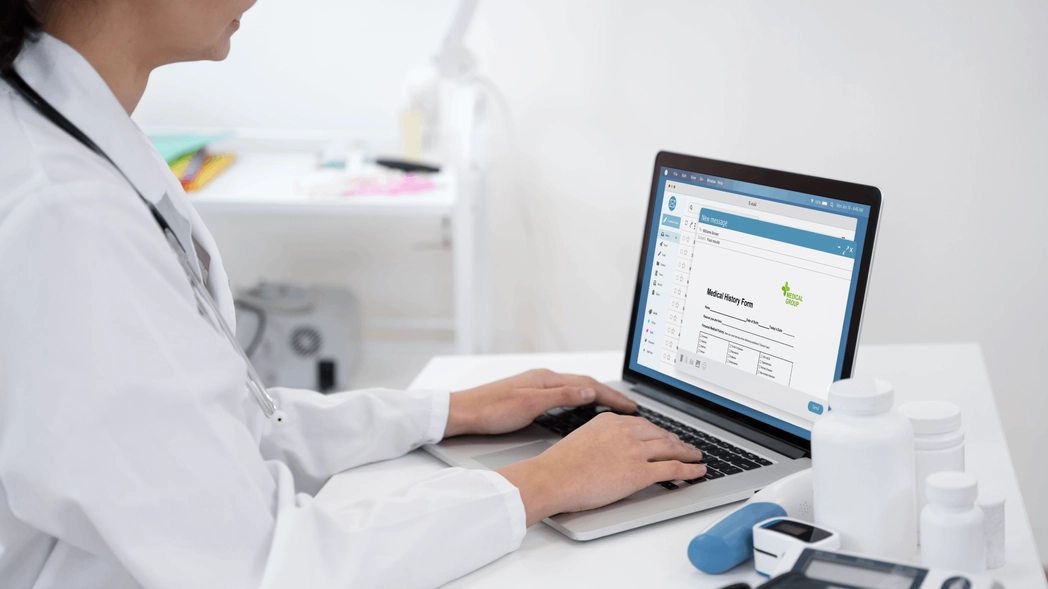The dental 3D printing market has reached $9.78 billion in 2025, but beneath these impressive industry figures lies a more nuanced question for practice owners: does in-house 3D printing make financial sense for YOUR specific practice? The answer depends on your case mix, patient volume, current lab relationships, and growth strategy.
According to dental experts, practitioners face "a very pleasant dilemma: after adopting 3D printing, they can either maintain current prices to improve profit margins or lower treatment prices to attract more patients—both of which ultimately enhance the bottom line". But this dilemma only exists if the initial investment aligns with your practice's clinical reality.
Who Benefits Most?
High-Volume Restorative Practices: Clear Winners
Practices performing 15+ crowns, bridges, or complex restorations monthly represent the strongest candidates for 3D printing investment. Dr. William Huntzinger's experience demonstrates that technology investments contribute to practices ranking "in the top 5% of total incomes across the country".
The financial tipping point is clear: average lab fees per crown range from $200-$400, meaning monthly lab costs for 20 crowns total $4,000-$8,000. Mid-range 3D printer investments of $7,500-$15,000 can break even in just 2-4 months of saved lab fees.

Orthodontic and Oral Surgery Practices: Strong Candidates
Modern 3D printing systems offer "resins for almost all printable dental indications – including models, temporaries, denture teeth, dentures, surgical guides, definitive printed restorations and splints/night guards". These practices often see faster ROI due to higher margins on custom appliances and immediate patient satisfaction from same-day delivery.
General Practices with Low Prosthetic Volume: Questionable ROI
If your practice performs fewer than 5-8 complex restorations monthly and primarily focuses on preventive care, the investment equation changes dramatically. Monthly lab costs of only $800-$1,500 against entry-level system investments of $5,000-$7,500 create break-even timelines of 5-9 months, extending significantly when factoring in learning curves and workflow disruption.
The Hidden Costs Reality
Essential additional costs include materials, post-processing equipment (washing & curing units), software subscriptions, staff training, and regular maintenance, adding $2,000-$5,000 annually. Staff time investment includes 20-40 hours initial training per team member, daily maintenance of 15-30 minutes, and 10-20 minutes post-processing per case.
Industry data shows practices are "re-evaluating their strategies for profitability and growth" due to rising overhead costs and economic pressures. Adding 3D printing workflows during already stressful times requires careful consideration of team capacity and workflow impact.

Strategic Decision Framework
The "Yes" Profile
Strong candidates exhibit high monthly restorative case volumes, growth in cosmetic or prosthetic services, and tech-savvy patient bases. Research shows 87% of patients value practices using latest technology. These practices typically achieve 12-24 month payback periods and 25-40% improvement in case turnaround time.
The "Maybe" Profile
Borderline candidates should evaluate current lab relationships, patient demographics, 3-5 year growth plans, and staff training capacity. "Calculating ROI should account for indirect returns by tracking referral sources and new patient acquisitions" beyond direct cost savings.
The "Not Yet" Profile
Practices focused on preventive care, those with high staff turnover, inconsistent case volume, or recent major technology investments should reconsider timing. While "3D printing offers a naturally accessible paradigm shift for practitioners navigating rising operating expenses", timing and practice readiness matter significantly.

Alternative Strategies
Instead of immediate investment, consider enhanced lab partnerships, negotiating better pricing for volume commitments, or gradual adoption. Entry-level options starting "around $1,000 can be used to produce molds using special casting resin", allowing experimentation before major investments.
Some practices benefit more from staff education for higher-value procedures, marketing investment to increase case volume, or specialist partnerships rather than equipment purchases.
The 2025 Market Reality
With the global dental market projected to grow from $41.03 billion in 2025 to $87.65 billion by 2032, technology adoption will increasingly separate competitive practices from struggling ones. However, successful practices "adapt to realities in the market" rather than following trends blindly.
Making the Decision
Before investing, assess your actual monthly lab costs over 12 months, project realistic case volume increases, evaluate staff technology comfort, and model payment impacts. Warning signs include monthly lab costs below $2,000, recent technology investments still being learned, staff resistance, and uncertain ownership plans.
The Strategic Conclusion
As Dr. Huntzinger noted, "keeping up with and investing in new technologies" drives practice success, but strategic timing and practice readiness determine investment success. For high-volume restorative practices with stable teams, 3D printing offers compelling ROI. For prevention-focused practices with limited prosthetic volume, alternative strategies may deliver better returns.
The technology has matured beyond early adoption—but that doesn't mean every practice should adopt it immediately. The most successful investment decisions align technology capabilities with actual practice needs, ensuring that industry growth translates to meaningful practice profitability.
The bottom line: Evaluate your practice's specific circumstances rather than following industry trends. 3D printing can transform the right practice, but it's not a universal solution for dental practice growth.







 International
International  UK
UK  Kuwait
Kuwait  Nigeria
Nigeria  Kenya
Kenya  Japan
Japan  USA
USA  France
France  UAE
UAE  South Africa
South Africa  Ethiopia
Ethiopia  Australia
Australia  Canada
Canada  Germany
Germany  Bahrain
Bahrain  Egypt
Egypt  India
India  Pakistan
Pakistan  Mexico
Mexico  Switzerland
Switzerland  Qatar
Qatar  Algeria
Algeria  Angola
Angola  Malaysia
Malaysia  Argentina
Argentina  Italy
Italy  KSA
KSA  Morocco
Morocco  Ghana
Ghana  Indonesia
Indonesia  Brazil
Brazil  Austria
Austria  Turkey
Turkey  Côte d’Ivoire
Côte d’Ivoire  South Korea
South Korea  Colombia
Colombia 

































